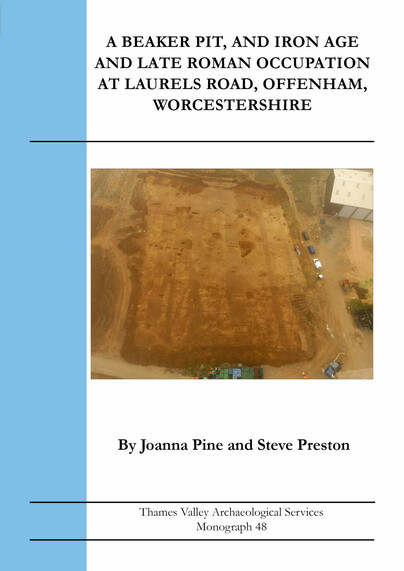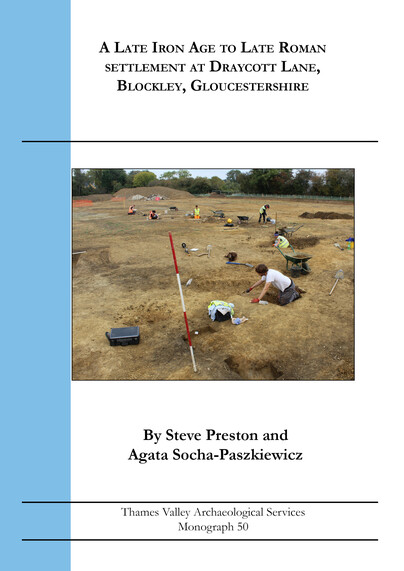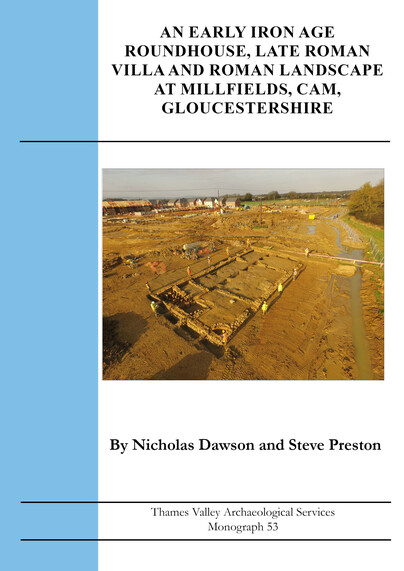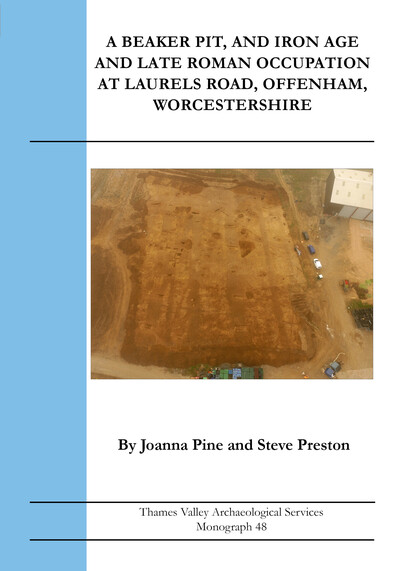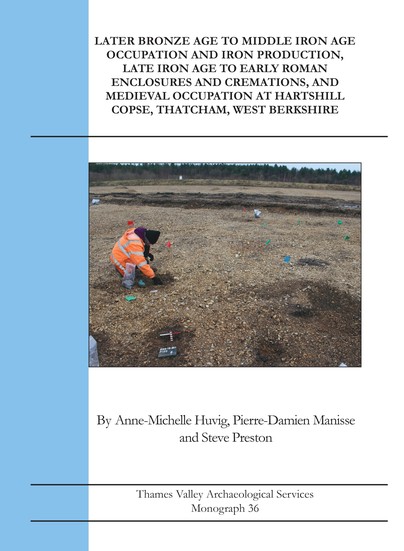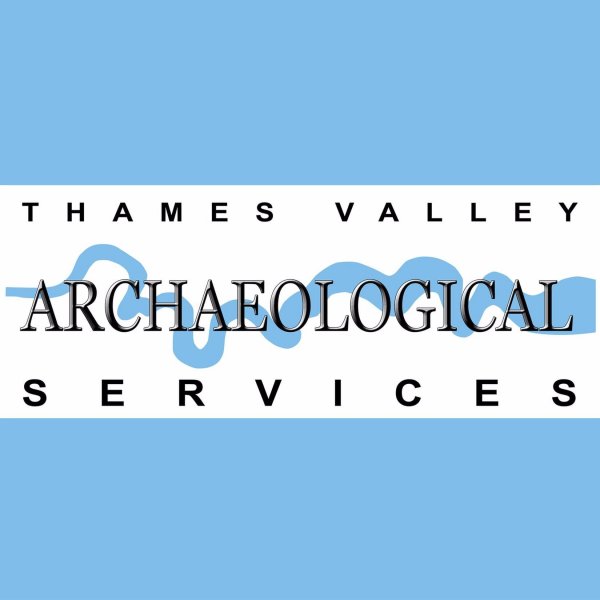
Thames Valley Archaeological Services
35 years of experience and over 4,000 projects ranging from watching briefs, geophysical surveys, evaluations and desk-based assessments to substantial area excavations. TVAS has offices in Reading, Brighton, Taunton, Stoke-on-Trent and Wellingborough.

